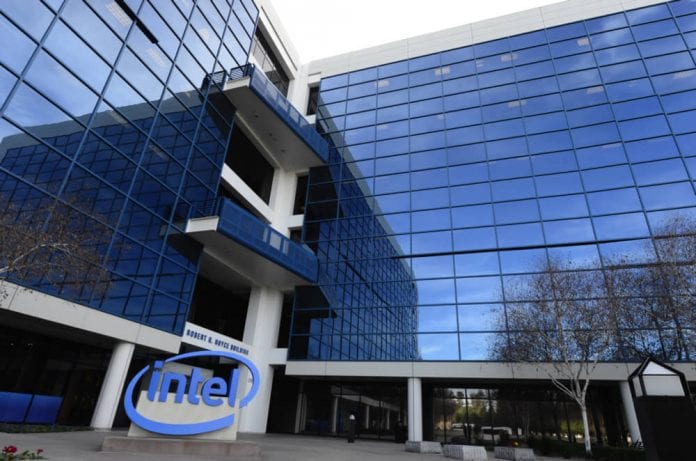Intel Corporation (NASDAQ:INTC) technology platform, RealSense, which has been making waves in the technology world, may soon help the blind to see. CEO Brian Krzanich had in his keynote address during the CES 2015 event spoken extensively about ground-breaking efficacy of the technology.
What is RealSense?
Intel Corporation CEO describes RealSense as a processing engine which works in real-time dynamics. Devices running on this processing engine can avoid obstacles in the environment, as well as assess the emotions of people before it, via special features such as ‘facial recognition.’
Intel Corporation CEO offered broad spectrum of examples to demonstrate the capability of this technology, by opening doors and using facial expressions to unlock phones. He also showed breaking-edge examples of ‘sensing’ drones which turned away from obstacles by themselves, untethered by remote controllers.
The sensing drones flew around obstacles and spectacularly hovered before closed doors waiting for them to open, before flying through them. RealSense other examples were captured in the use of games and apps, such as gestures by a chef with dirty hands to scroll through recipes.
However, the CEO had saved the best demonstration of RealSense technology for the last. He introduced Darly, an employee of Intel whose sight is progressively waning.
Darly wore a jacket that had RealSense technology built-into it, allowing him to sense people, obstacles near him. More importantly for him, the jacket helped him to know in real-time fast or rush movements around him allowing him to preventively step away.
Intel Corporation proposes that by incorporating the RealSense technology with the ‘Curie Module,’ everyday things such as buttons, blind people can conveniently ‘sight’ obstacles and movement.
Intel Corporation hopes that the application of the technology to evolve with the person and the environment shall remain the loftiest goals of this technology platform. Uniquely, RealSense can be built to custom and can be directed to do things, therefore allowing vast scope of application for the visually challenged.









